Home>Home Maintenance>How to Clean an Ice Maker Without Professional Help
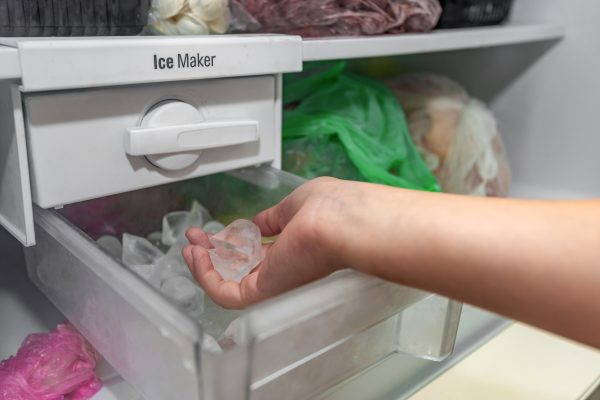
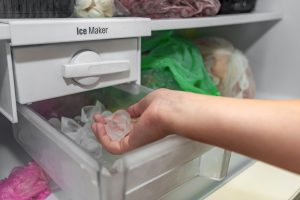
Home Maintenance
How to Clean an Ice Maker Without Professional Help
Modified: December 6, 2023
Keep cold drinks flowing with clean ice once you know how to clean an ice maker. They're super easy to follow and can be done without professional help.
(Many of the links in this article redirect to a specific reviewed product. Your purchase of these products through affiliate links helps to generate commission for Storables.com, at no extra cost. Learn more)
Everyone fancies a cold drink on a hot summer day. Indeed, science even backs up the claim that some drinks taste better when served with ice! So, you might want to keep your ice maker on hand for some thirst-quenching beverages.
Yet, such a device needs some TLC to keep them in tiptop shape. If you’re eager to know how to clean an ice maker without professional help, you’ve come to the right place.
Reasons Why Your Ice Maker Is Dirty
The FDA recognizes ice as food. Thus, it would help if you prepared it in the most hygienic way possible to ensure cleanliness and safety. While one may suggest that having a cold water dispenser is more hygienic, an ice maker is beneficial in giving you on-demand ice cubes for any beverage. With it, you can have, right away, ice for cocktails, carbonated drinks, and iced coffee.
But what can honestly go wrong with an ice maker that’s only purpose is to make ice and nothing more? To one’s surprise, ice maker machines can turn into a breeding ground of germs and bacteria if not properly cleaned and sanitized. They can also develop scale and mold over time, impairing their efficient operation.
So before you learn how to clean an ice maker at home, it’s essential to take note of the factors that make your ice maker dirty and potentially harmful to everyone’s health.
Read more: How To Clean Out An Ice Maker
Dirty Hands
Like gadgets, kitchen devices are also high-touch items. Since we use our hands for almost everything we do, not washing hands properly can cause many complications. Washing hands minimizes the chance of passing germs to food, which can eventually harm you and your family. As such, hand-washing is also an effective way to prevent any dirt buildup in your appliances.
Not Changing the Water Frequently
Water shouldn’t be left in kitchen appliances at all times. Aside from being the ideal breeding ground for mosquitoes, your ice maker can get limescale buildup. This can ruin the taste of your beverages plus shorten the lifespan of your device.
Limescale also clumps together over time, eventually creating a thick coating that can promote the formation of slime and mold. Since coating impedes heat transfer, not changing the water can cause freeze-ups and costly repair.
Not Cleaning the Device Regularly
Dust is practically unavoidable, yet there are some measures you can take to stop it from ruining your appliances. One is wiping its exterior parts before and after usage. This prevents dirt and dust from moving further inside your ice maker. Another is by using a vacuum instead of a standard broom. Vacuuming creates less airborne dust and will get every bit of debris in your household.
Above all, cleaning your ice maker properly can also help steer away cockroaches, ants, and other pests that would mess up the appliance. Bugs in your kitchen may find it suitable to slide inside your ice maker thanks to the heat and abundant supply of water. Hence, regularly cleaning your ice maker can make a difference.
What Happens When You Don’t Clean Your Ice Maker
Read more: How To Clean Manitowoc Ice Maker
Scale Buildup
As mentioned, scale buildup can be pretty hard to remove once settled. It can hurt pipes inside the ice maker and weaken its performance. If you ever use hard water for ice, limescale can build up quickly due to a high concentration of minerals like calcium and magnesium. So it’s best to use only purified water when making ice and learn descaling techniques using vinegar or lemons.
Poor Ice Quality
When your ice appears soft and cloudy, then it’s an indication that there’s something wrong with your ice maker. Cloudiness can also mean trapped air and impurities in the process. Besides, this oversight can further lead to shallow and incomplete cubes, making drinks look uninviting.
Slower Harvest Time
We all dream of ice on demand, but thanks to ice makers and machines, serving ice-cold drinks has never been such a bliss. Gradually, your appliance can lose its rhythm and lead to slower harvest time when not properly taken care of. It can be a hassle to wait for some ice, especially when hosting parties and gatherings. So, to keep the drinks flowing and pouring, you must know how to clean an ice maker to save time, money, and patience in the long run.
Low Capacity/Production
On average, a portable ice maker can produce up to 35 to 50 pounds of ice per day, while a refrigerator ice maker can only make 3.5 to 6.6 pounds per day. When you experience a sudden delay in ice production, it is usually due to two reasons. One is when the freezer temperature is too high. It can also indicate a clog in the water filter or somewhere along the supply line. For best results, it’s best to always check and set the temperature to 0° to 5° F and change the water filter every six months for uninterrupted water flow.
Read more: How To Clean A Silonn Ice Maker
Formation of Slime, Mold, and Germs
Moisture is the best place for slime, mold, and germs to develop, making an ice maker an ideal candidate for them to flourish. Though you only put water inside of your ice maker, traces of grease, yeast, and sugar can develop quickly.
The best way to avoid this is by placing your ice maker in an ideal place where there are no potential contaminants in the surrounding air. When learning how to clean an ice maker, it’s advisable to reach for natural cleaning products as they are safe, toxic-free, and mild on appliances.
Device Malfunction
The worse thing about leaving your ice maker dirty for a while is that it will start to malfunction. Ice makers have a wide price range, from $150 to $700. And even if you can get one at a very reasonable price, repairs and maintenance can be pretty costly. Cleaning an ice maker may seem like a hefty task, but it is a cost-effective way to save time and money.
Features You Should Look For in an Ice Maker
Side Drain
An ice maker with a side drain makes it a godsend compared to other machines that don’t have it. This is because it makes the cleaning process less of a hassle and more efficient. Aside from that, it’s a great way to quickly remove excess water from melted cubes – keeping them crisp and whole throughout the day.
But if you don’t have a drainage system near your ice maker, some models don’t need a drain line. Thanks to their exceptional freezing temperatures, they can chill up ice cubes and keep them frozen for an extended period.
Read more: How To Clean A Igloo Ice Maker
Water Level Indicator
Another great feature of an ice maker is the water level indicator. This is to alert you when it needs to be refilled, offering a convenient and user-friendly feature for anyone. There are also options where models have an ice level sensor that turns off your device once a particular level is reached. Hence, they come in handy when trying to limit water and energy waste; therefore, they are an added convenience.
How to Clean an Ice Maker At Home
Built-in Ice Maker
Things You’ll Need:
- If your refrigerator has a separate lever or a switch for the ice maker, you should turn it off. This is to prevent the machine from spitting ice while cleaning it. If there is neither, turn off the whole refrigerator.
- Depending on your ice maker, remove the tray and other removable objects from the view. You can also pour hot water on the sides of the tray if it seems stuck due to the ice.
- With a gentle all-purpose cleaner and baking soda, scrub the inside gently. Try not to make any harsh scratches as this may encourage buildup in the future.
- Rinse and dry thoroughly. You can use a sponge to absorb all the remaining water, then let it air dry.
- Lastly, make it a habit to check the filter. Ideally, it would be best if you replaced it every six months.
Portable Ice Maker
-
No Wash Cycle
Things You’ll Need:
- If your ice maker has no clean cycle, start by turning the machine off.
- Remove any ice or water inside the machine.
- Spray with cleaning solution and let it sit for a couple of minutes.
- Rinse.
- Turn your machine on and make two to four batches of ice. Don’t use these batches and throw them away as they may contain residual cleaning solution chemicals.
-
With Wash Cycle
Things You’ll Need:
- First, turn off the machine and unplug it from the outlet.
- Allow the remaining ice to melt.
- When ice is melted, turn the ice maker back on and press the “clean/wash” button.
- Pour in the cleaning solution when the LED indicates you to.
- Once the cleaning cycle is finished, unplug the ice maker from the outlet.
- Take out removable parts so you can clean them. Head to the manual if unsure about what features are removable.
- Using a sponge and a brush, clean the components and the inside of the machine.
- Rinse and dry with a clean cloth.
-
With Vinegar
Things You’ll Need:
- If you don’t have any available cleaning solutions, you can use vinegar instead. Just follow a 10:1 ratio of water to vinegar.
- Follow the same steps indicated above whether your ice maker has a wash cycle or not. The only difference is that instead of cleaning solutions, you would be using vinegar.
Cleaning an ice machine may not seem fun and exciting, but it will help you make drinks safer and more refreshing. So, check this tutorial whenever you forget how to clean an ice maker and do it without professional help.
Now that you’re serving cold drinks to your family and guests, you might as well pair them up with these coasters. Aside from keeping drinks presentable, you’re doing your tables a favor by preventing the formation of water stains that can ruin them.
Was this page helpful?
At Storables.com, we guarantee accurate and reliable information. Our content, validated by Expert Board Contributors, is crafted following stringent Editorial Policies. We're committed to providing you with well-researched, expert-backed insights for all your informational needs.
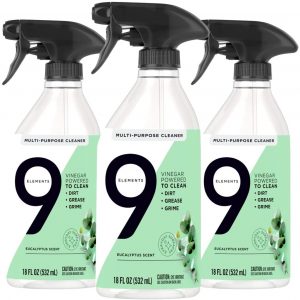
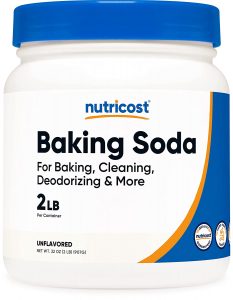
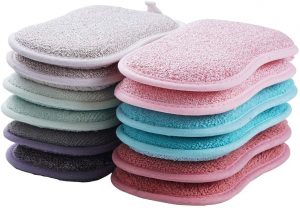
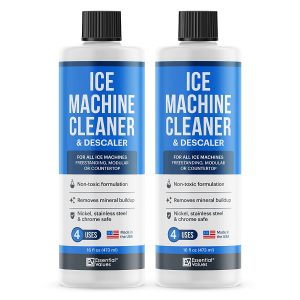
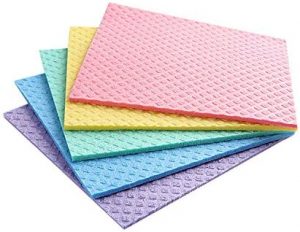
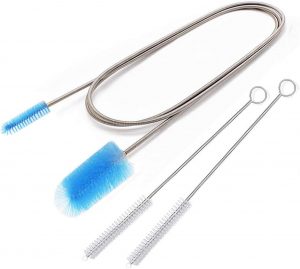
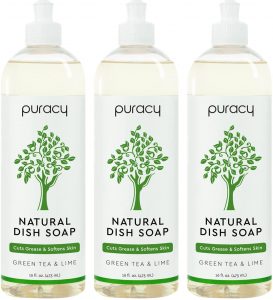
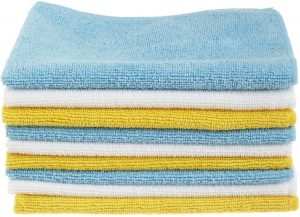
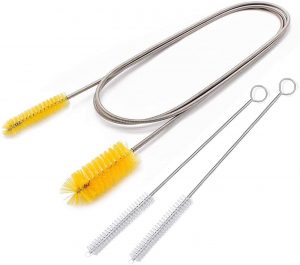
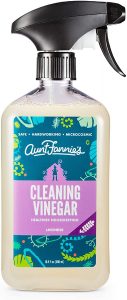
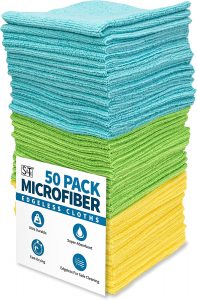
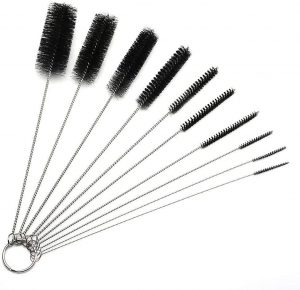
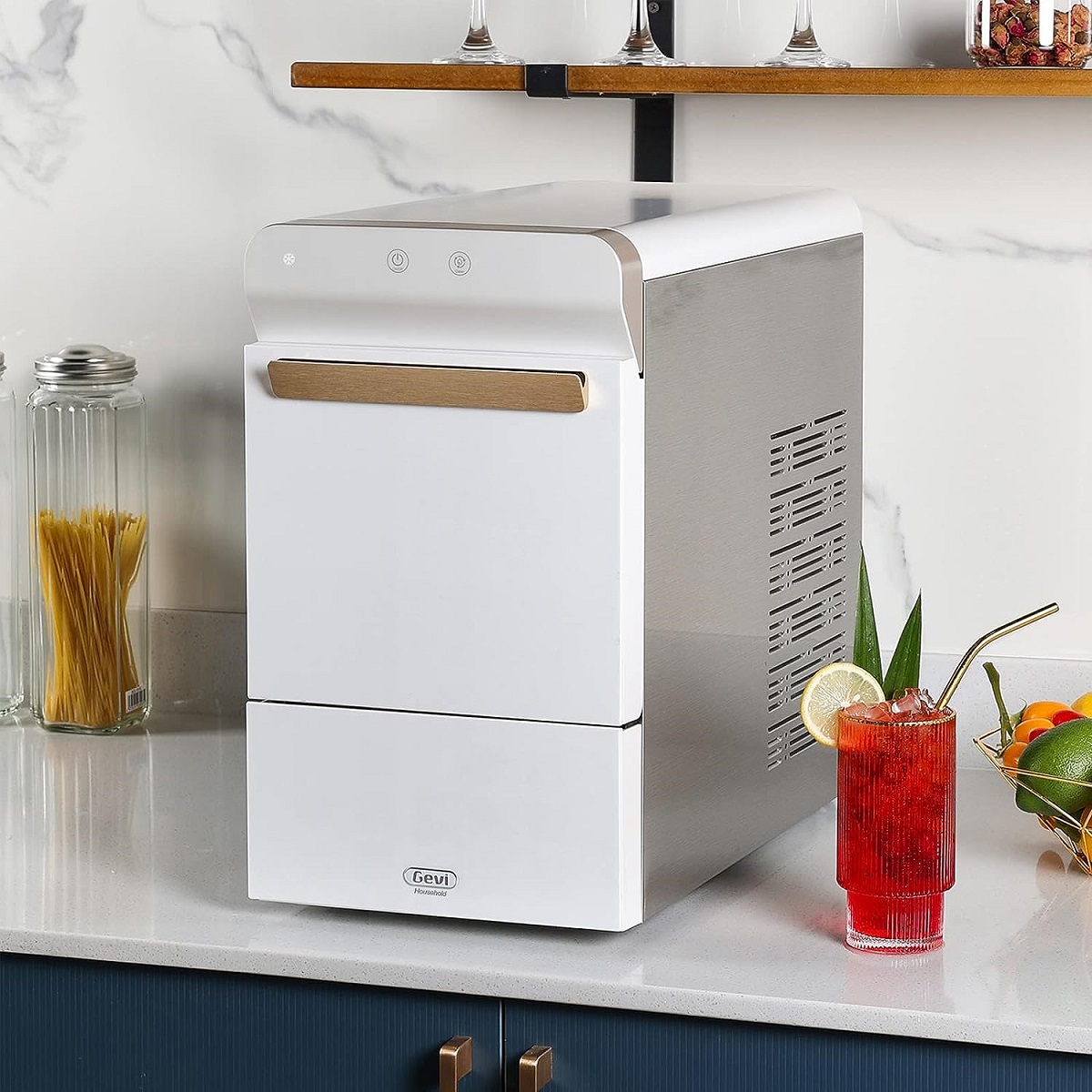
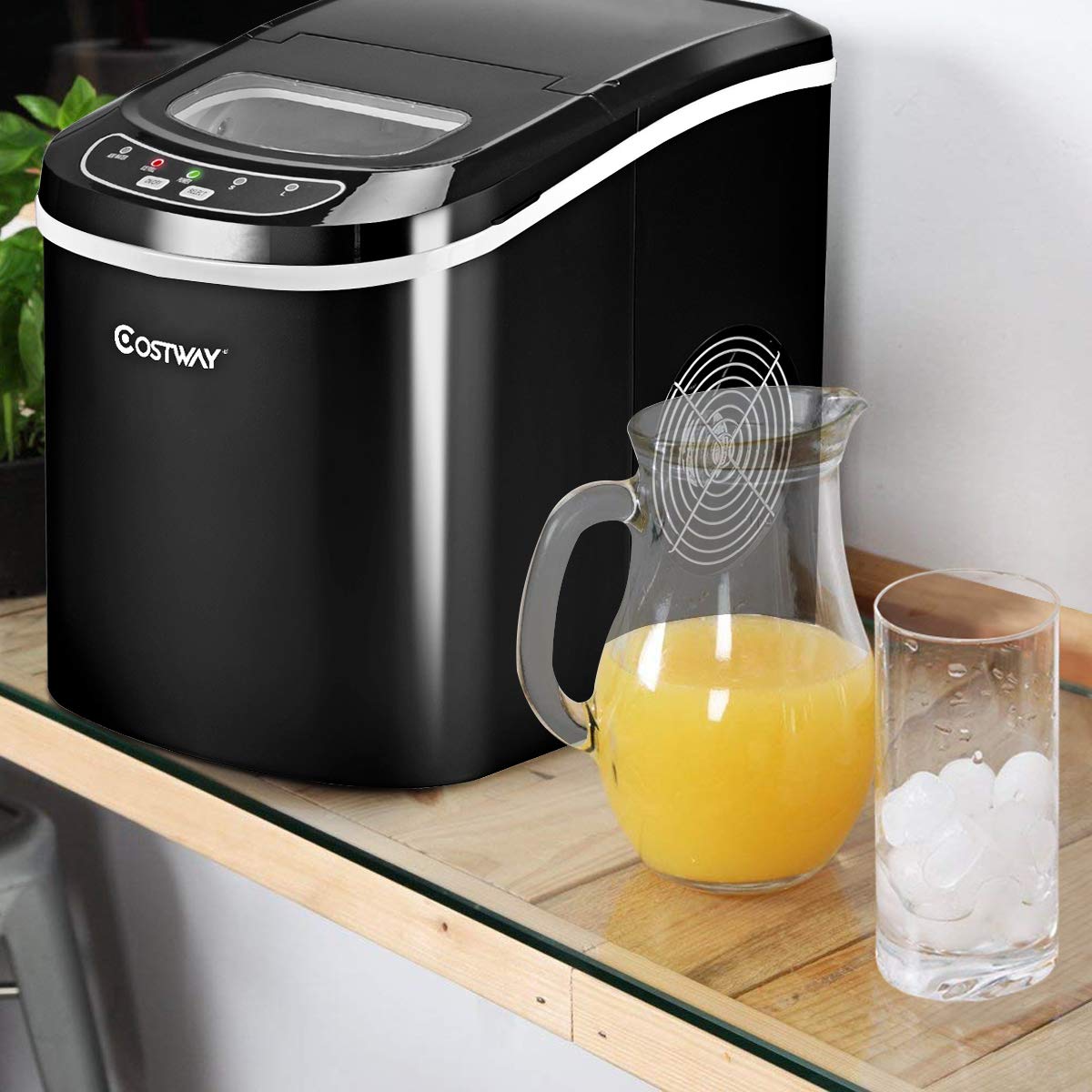
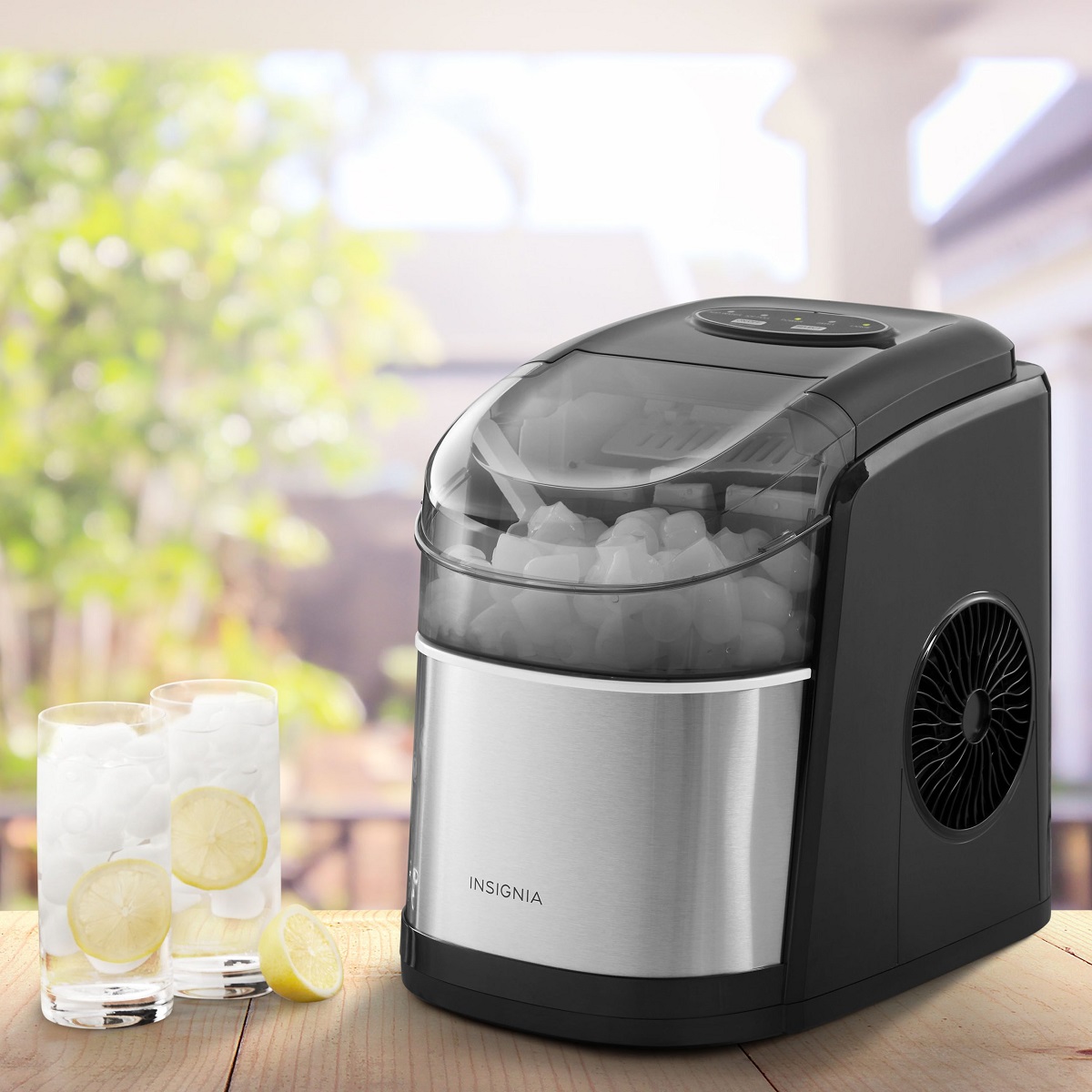
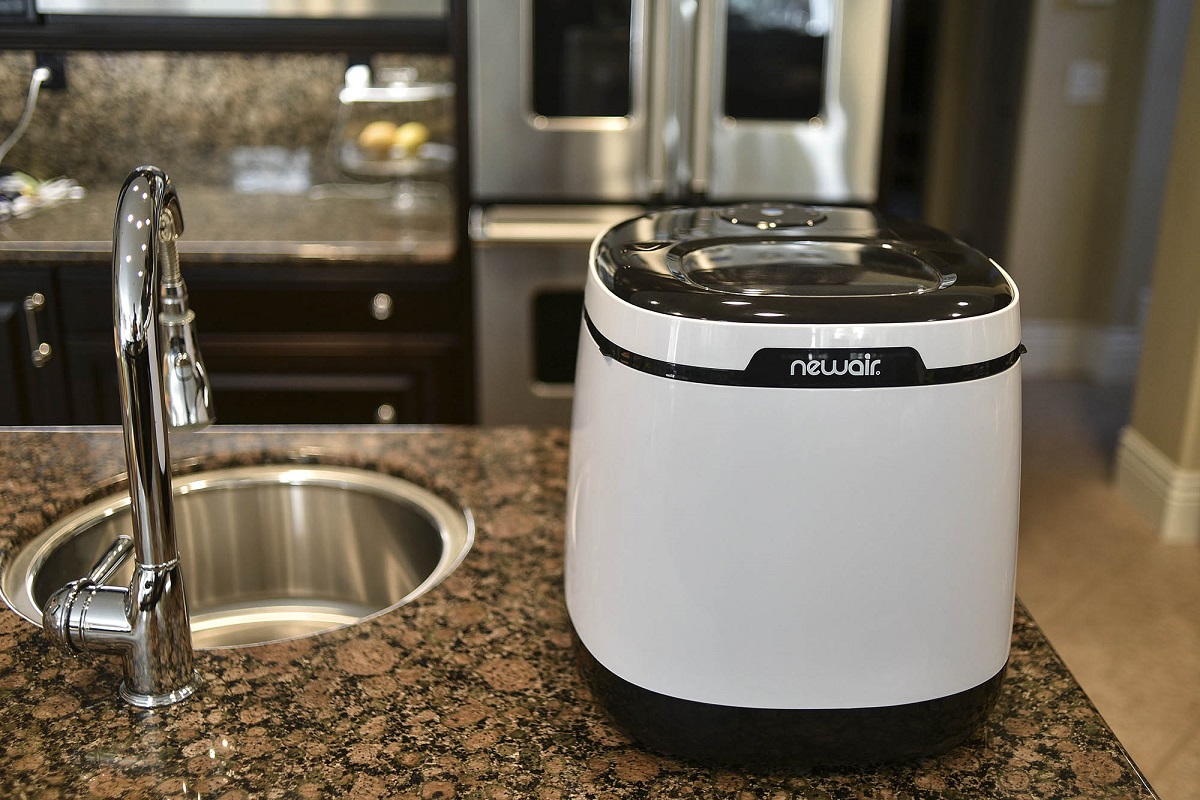
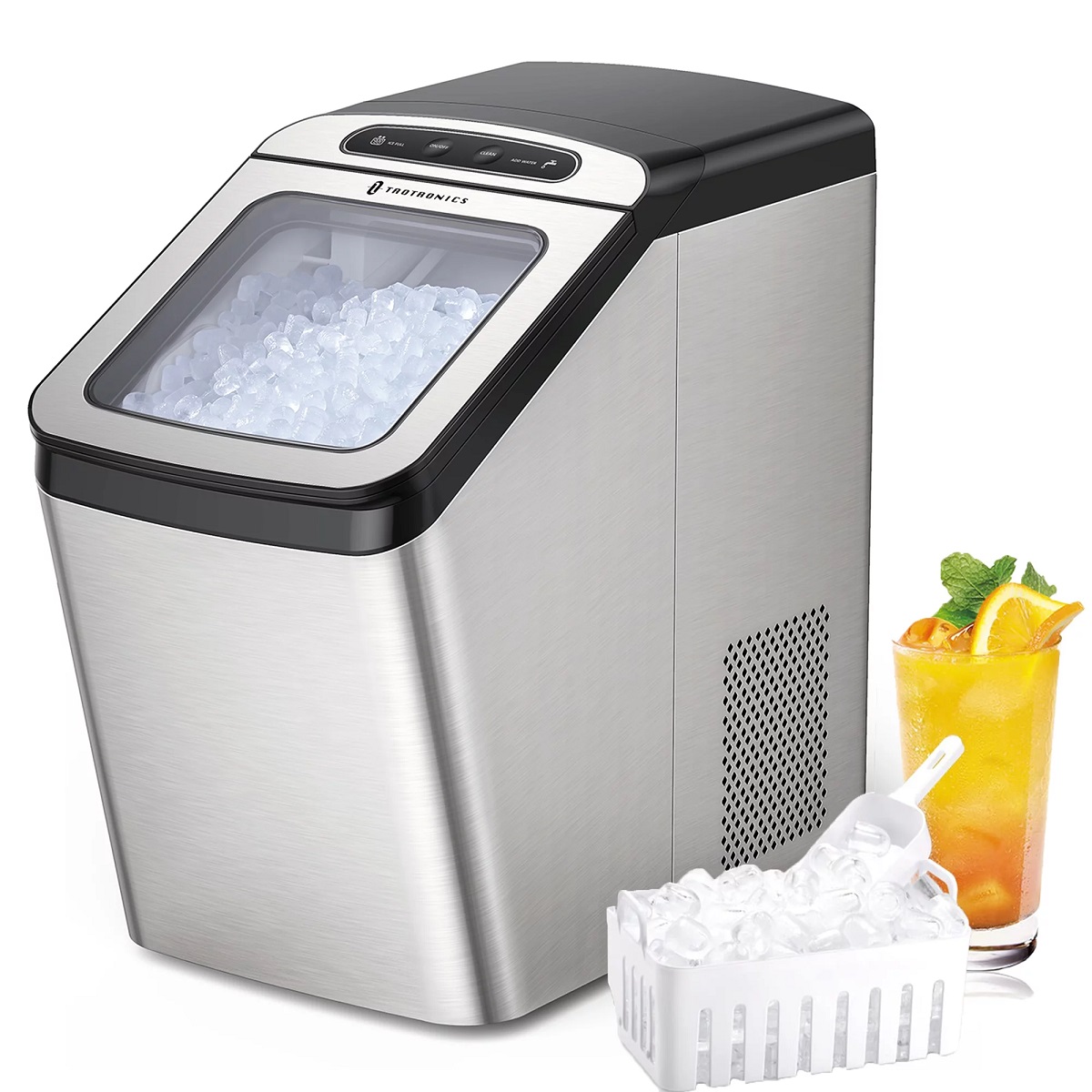
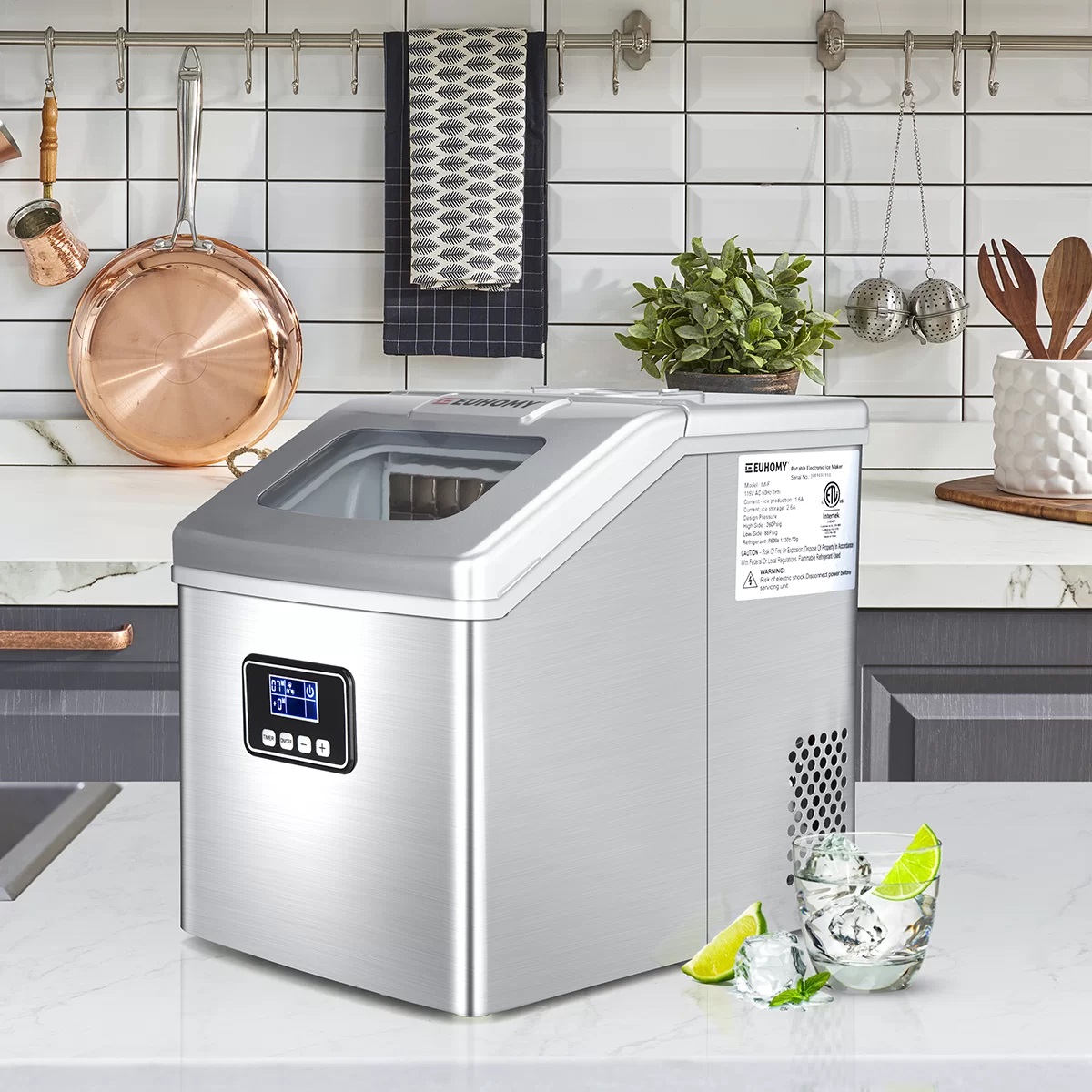
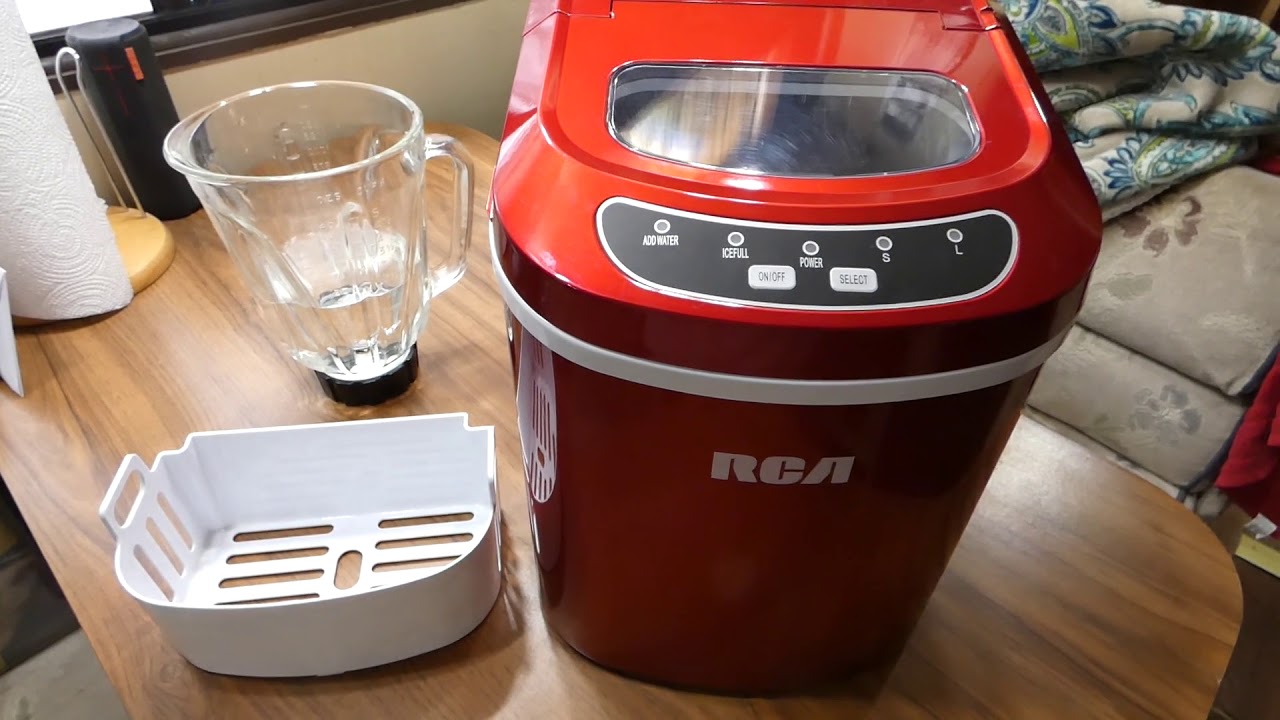
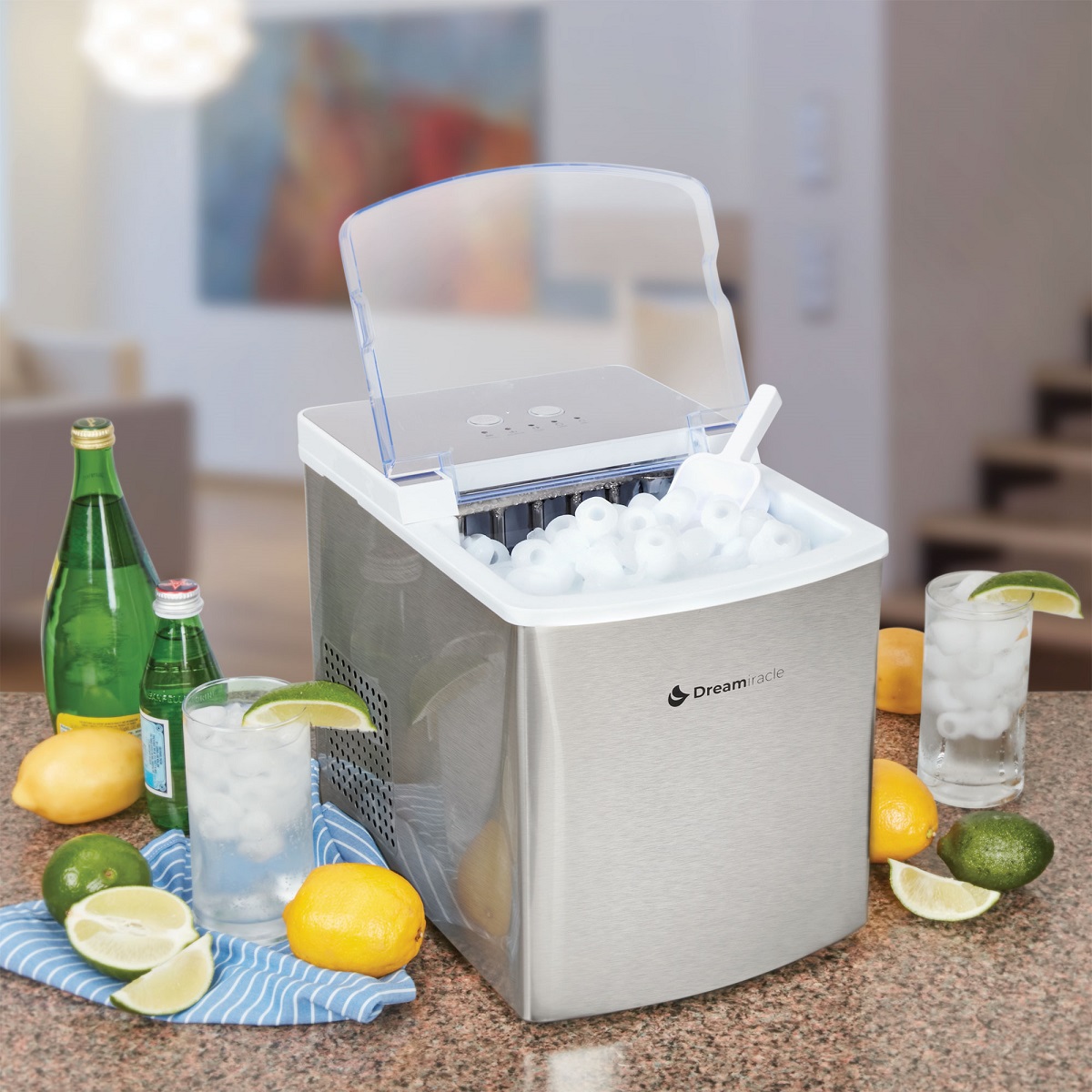
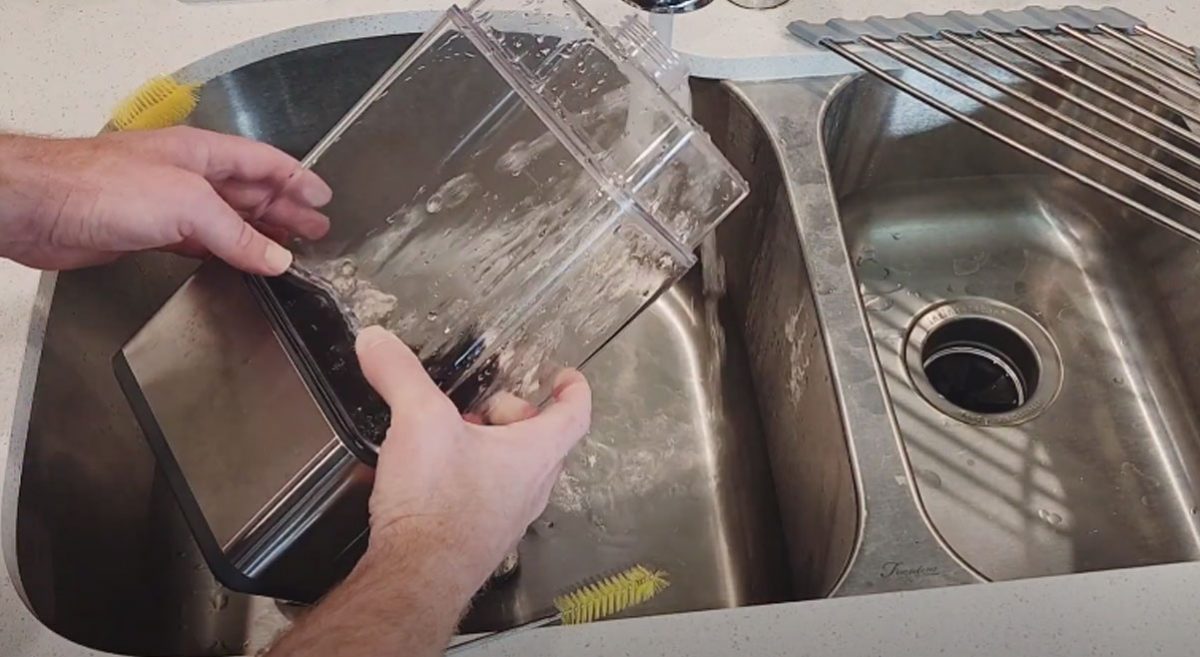
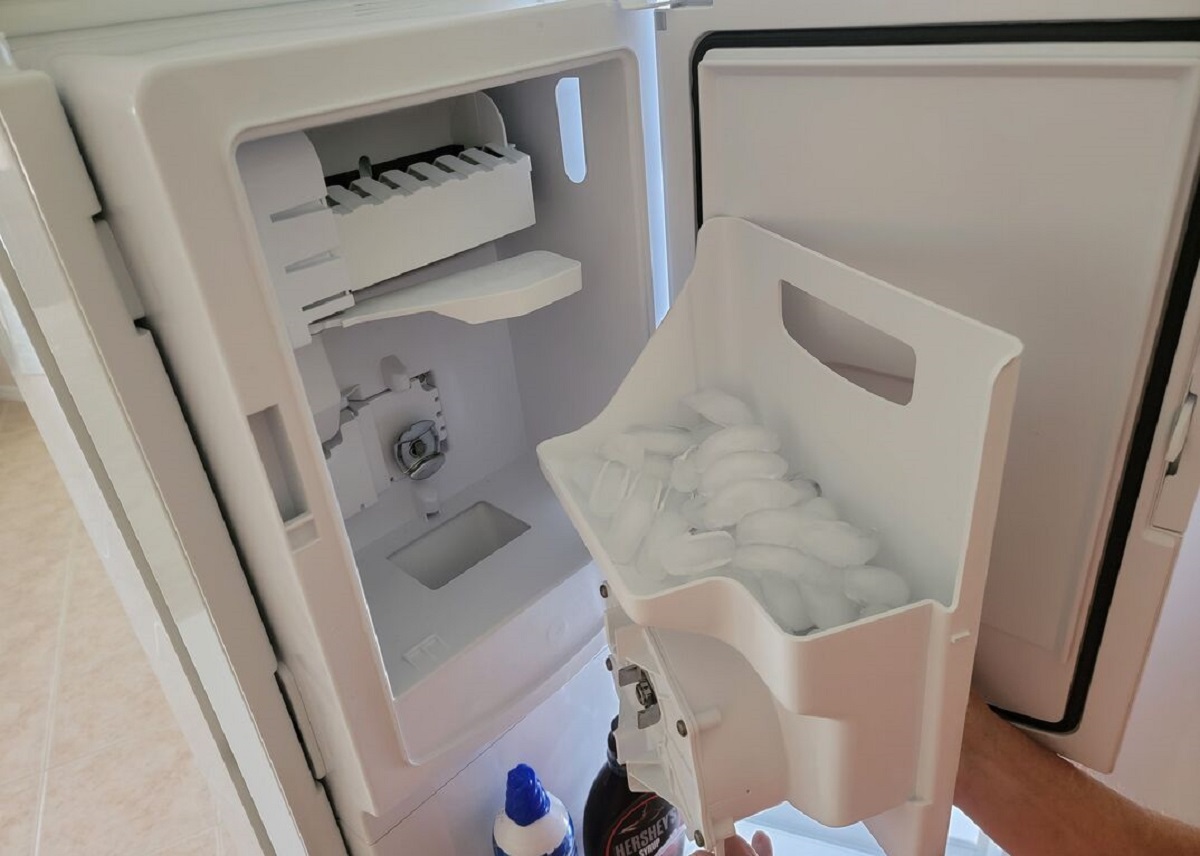
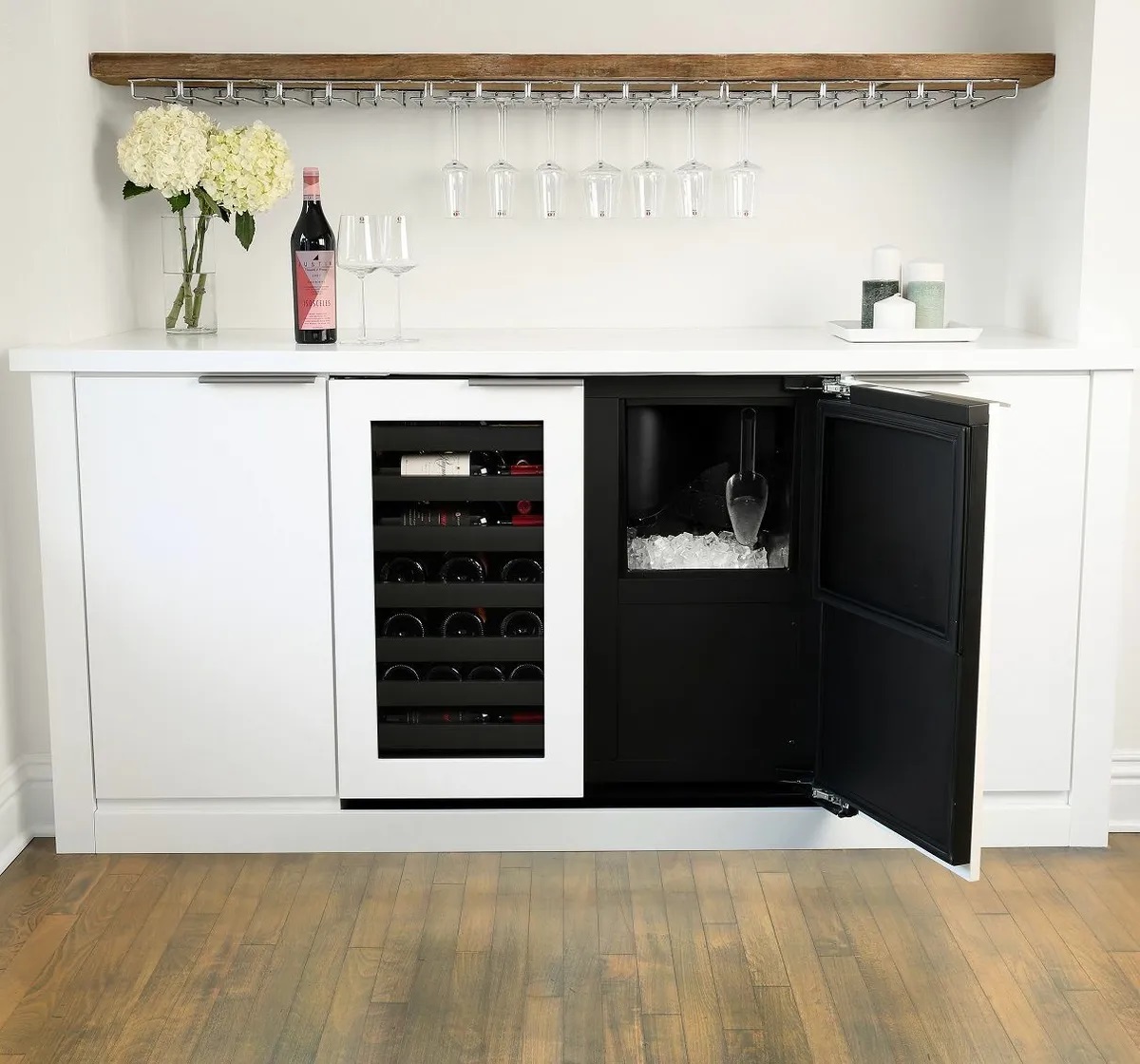
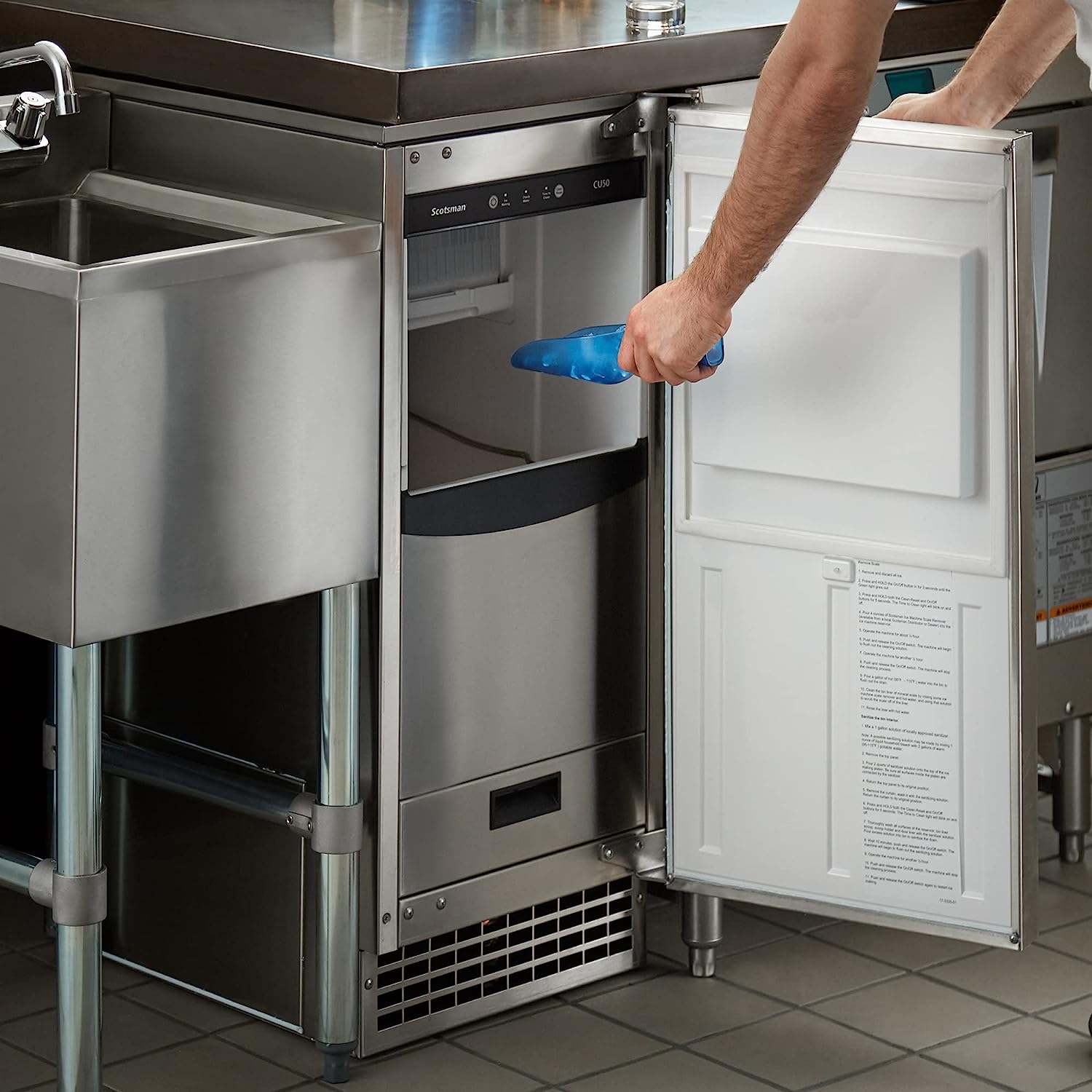

0 thoughts on “How to Clean an Ice Maker Without Professional Help”